Sapphire mining Australia
Australia, the sun-drenched land of gold rushes and grand landscapes, holds a glittering secret beneath its ancient earth: sapphire.
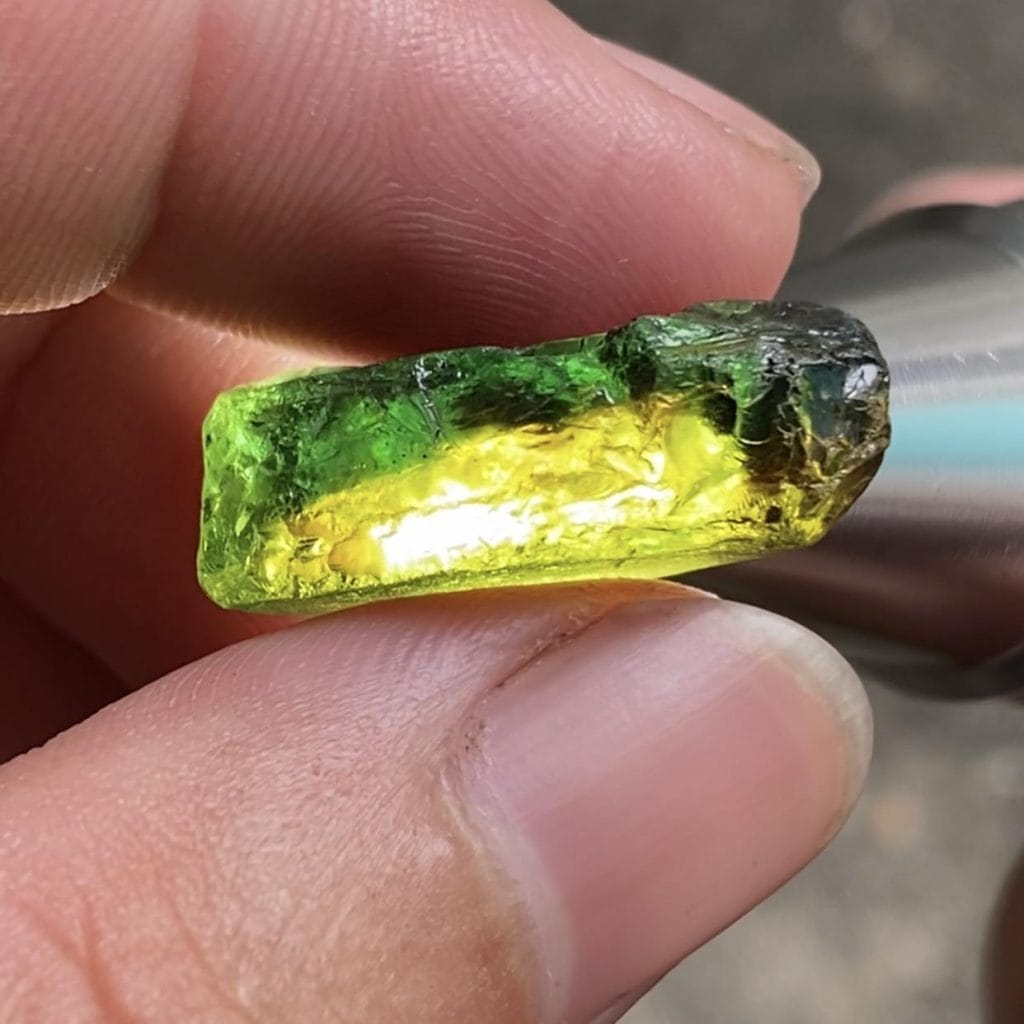 The story of sapphire mining in Australia is a fascinating historical saga of chance discovery, wild-west-style rushes, foreign investment, and the rise of a modern, ethical gemstone industry. From its serendipitous start during the mid-19th-century gold fever to its current role as a globally respected source of high-quality, ethically-mined stones, the history of Australian sapphires is as rich and multi-hued as the gems themselves.
The story of sapphire mining in Australia is a fascinating historical saga of chance discovery, wild-west-style rushes, foreign investment, and the rise of a modern, ethical gemstone industry. From its serendipitous start during the mid-19th-century gold fever to its current role as a globally respected source of high-quality, ethically-mined stones, the history of Australian sapphires is as rich and multi-hued as the gems themselves.
💎 The Early Flash: From Gold Dust to Blue Gems (1850s – 1890s)
The birth of the Australian sapphire industry was purely accidental. It was a footnote in the much larger narrative of the Australian gold rushes.
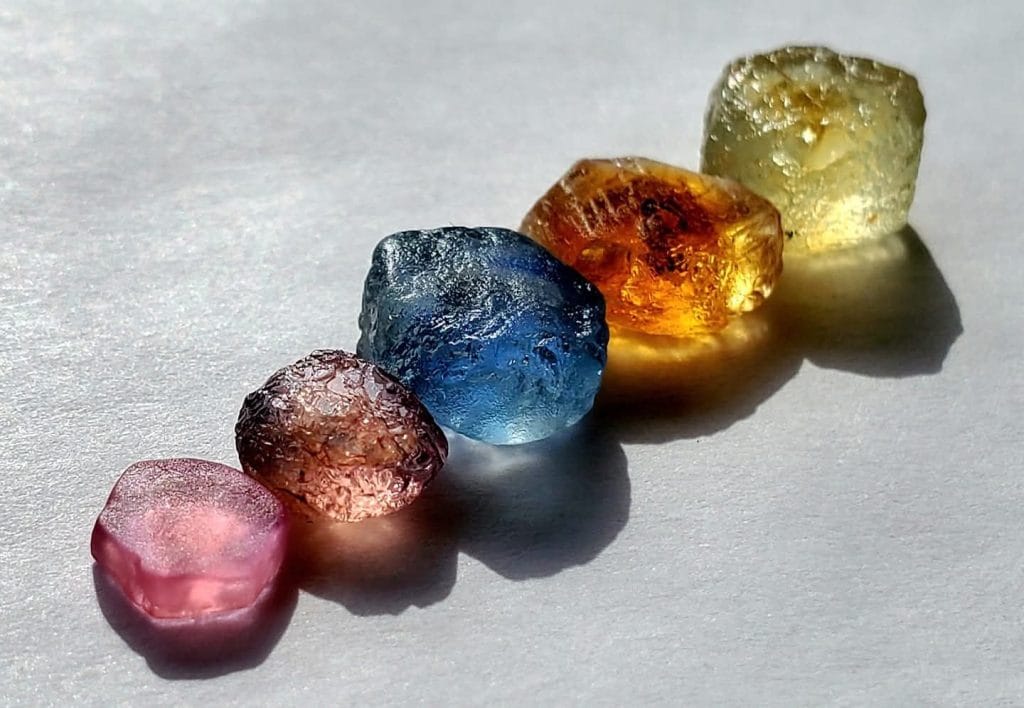
A Golden Discovery, a Sapphire Surprise
The year was 1851, a pivotal moment in Australian history. Gold fever was sweeping the colonies, and prospectors were flocking to the creeks and rivers of New South Wales. It was during these feverish gold-panning efforts, specifically along the Cudgegong and Macquarie Rivers, that the first official reports of sapphires emerged. These early gold miners, focused on the larger, more valuable yellow metal, would often toss the small, dark, heavy blue crystals back into the river, unaware of their potential worth.
Shortly after, in 1854, more significant findings were reported from the New England district of New South Wales, around the now-famous sapphire hub of Inverell and Glen Innes. For decades, however, sapphire remained a secondary mineral, an interesting curiosity rather than a commercial target.
The Central Queensland Rush: Anakie and the Gemfields
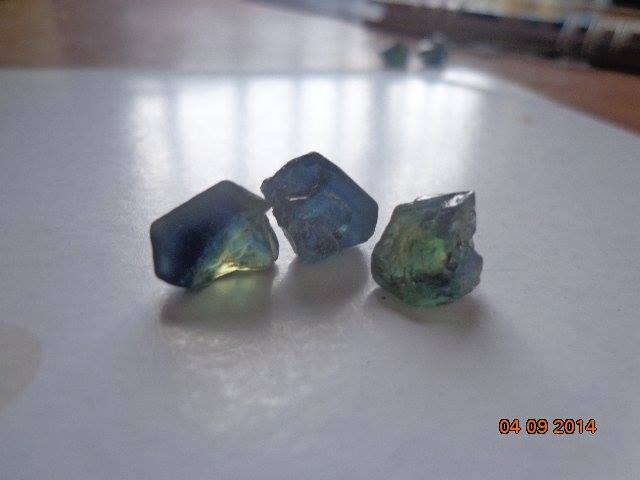
The true commercial beginning of Australian sapphire mining took root further north, in Central Queensland. In 1875, a railway surveyor named Archibald John Richardson discovered gemstones near Retreat Creek, sparking the development of the legendary Central Queensland Gemfields. This area, encompassing the modern-day towns of Rubyvale, Sapphire, and Anakie, would become the country’s most famous and historically significant sapphire-producing region.
Early operations in the Gemfields were sporadic and rudimentary, resembling the methods of the early gold miners: shafts were sunk, and alluvial ‘wash’ (sapphire-bearing gravels) was excavated and sieved. The focus was on easily accessible alluvial deposits, where millions of years of erosion had naturally concentrated the hard, durable sapphire crystals in riverbeds and ancient drainage channels.
🌍 The Imperial Connection: Export and Early Markets (1890s – 1920s)
The first major market for Australian sapphires was not domestic, but distant and imperial.
Supplying the Tsars
During the late 19th and early 20th centuries, a substantial portion of the high-quality blue sapphires unearthed in the Central Queensland Gemfields found their way to Europe. A key driver of this trade was the presence of Russian and German gem buyers and entrepreneurs who established links between the rugged Australian outback and the opulent courts of Europe.
The darker, inky-blue hues of the early Australian sapphires were particularly favored by the Imperial Court of Tsarist Russia. As a result, many of the jewels belonging to the Russian Nobility and even some of the Russian Crown Jewels are believed to contain corundum gems sourced from the dusty fields of Anakie. The stones were often cut and traded in German commercial centers before being set into high-society jewellery.
A Sudden Collapse
This initial, prosperous era of international trade came to a screeching halt with the cataclysmic events of World War I and the subsequent Russian Revolution of 1917. The collapse of the Russian aristocracy and the disruption of European trade eliminated the major market for Australian sapphires almost overnight. With the primary source of demand gone, the fledgling industry experienced a sharp and immediate downturn. Mining operations were virtually abandoned, and many of the Gemfields towns became ghost settlements, waiting for their next chance to shine.
⚙️ The Mechanical Revolution and the Thai Boom (1950s – 1980s)
The industry languished for decades, impacted by wars, the Great Depression, and low global demand. It wasn’t until the second half of the 20th century that the Australian sapphire trade experienced its most dramatic transformation and its greatest global prominence.
The Dawn of Mechanisation
The true revival of Australian sapphire mining began in the late 1950s and early 1960s with the introduction of mechanised mining techniques. The old method of sinking narrow shafts and hand-sieving wash was slow and limited in scale. New technology, including earth-moving equipment like excavators and large-scale washing and jigging plants, allowed miners to efficiently process vast quantities of alluvial gravels.
This technological leap unlocked the immense potential of the New England Gemfields in NSW, particularly the rich deposits around Kings Plains near Inverell. These areas, alongside the reactivated Central Queensland fields, began producing sapphires on a massive commercial scale.
The Golden Age: Australian Dominance and Thai Buyers
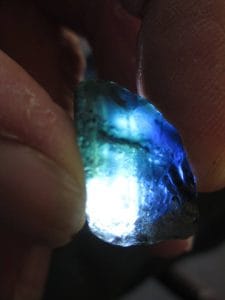
The 1970s and 1980s are widely regarded as the golden age of Australian sapphire production. A major catalyst for this boom was the emergence of Thai gem buyers. Thai gem cutters and traders were experts in the art of heat treatment, a process that can lighten and improve the color of the often dark, iron-rich Australian blue sapphires.
This partnership was mutually beneficial. Australia had the volume of rough stones, and Thailand had the cutting, treatment, and marketing expertise to transform them into high-value polished gems. At its peak in the 1980s, Australia became the world’s most prolific source, supplying an estimated 70-90% of the world’s commercial-grade sapphires. The sheer volume of blue, yellow, and green sapphires flowing from the Australian fields fundamentally shaped the global sapphire market.
However, this dominance was not to last. As other major sapphire sources in Asia (like Thailand itself) and Africa (like Madagascar) adopted similar mechanised mining methods, Australia’s share of the global market began to decline by the 1990s.
🌈 Unique Australian Sapphires: Teal, Parti, and Ethical Sourcing
The geological history of Australia, particularly the widespread Cenozoic alkali basalt volcanic activity that brought the sapphires to the surface, resulted in gems with unique characteristics that now define the modern industry.
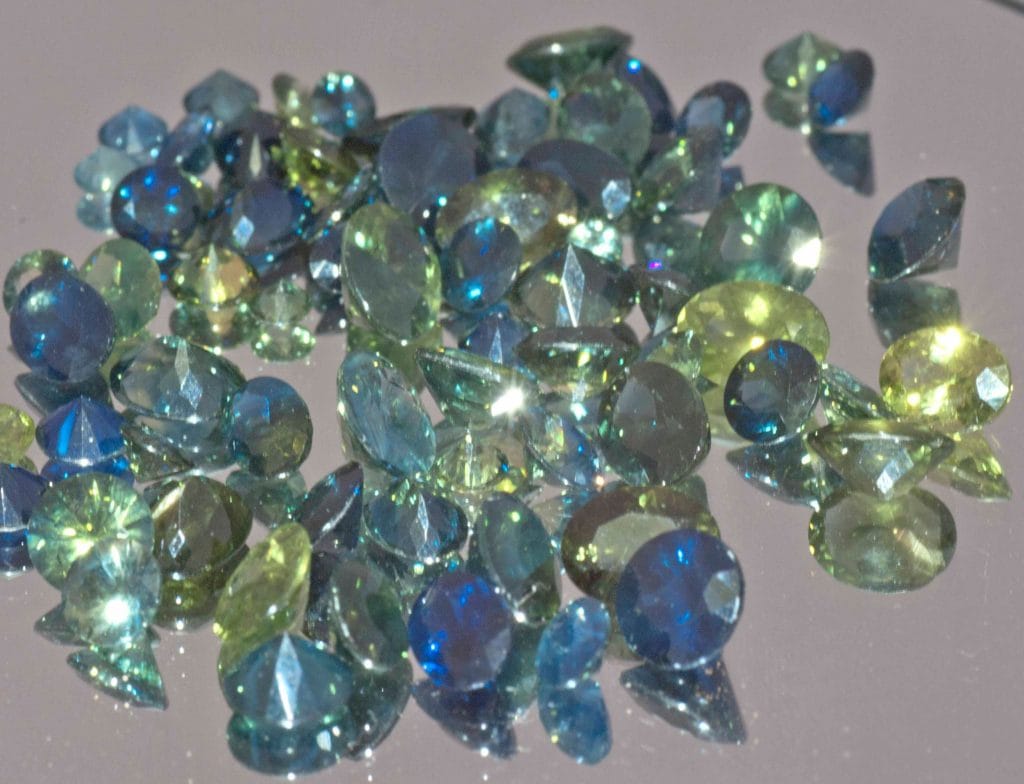
The Signature Stones
Australian sapphires are geologically distinct, typically rich in iron, which gives them their characteristic deep colors. They are famous for two specific, highly desirable varieties:
- Parti Sapphires: These are perhaps the most unique and celebrated Australian sapphires today. They exhibit a breathtaking combination of two or more colors—most commonly blue, green, and yellow—within a single stone. This color-zoning is a natural phenomenon, making each stone a one-of-a-kind miniature masterpiece. The name ‘parti’ is a shortened form of ‘part-colored.’
- Teal Sapphires: Gaining immense popularity in recent years, these stones feature a mesmerizing, sought-after blue-green or ‘peacock’ hue. Their distinctive color bridges the gap between traditional blue and green sapphires and is entirely natural to the Australian deposits.
The Rise of Ethical Gemstone Sourcing
In the 21st century, the narrative around Australian sapphire mining has shifted, placing a heavy emphasis on ethical and sustainable sourcing. Compared to some international operations, Australian mining is heavily regulated under strict government laws covering environmental protection, land rehabilitation, and worker safety.
- Regulation and Land Care: Miners are legally required to store topsoil separately, backfill mined pits, and rehabilitate the land to its original or an improved state once operations cease.
- Traceability: The high level of regulation provides an unparalleled degree of mine-to-market traceability, which is increasingly valued by consumers demanding transparency.
- Small-Scale Focus: A large portion of Australian sapphire production still comes from small, independent, family-run operations that use semi-mechanised, less impactful methods, further enhancing their ethical appeal.
Australian sapphires are now being marketed globally as a premium, traceable, and ethical alternative, distinguishing themselves in an often-unregulated global gemstone market.
🧑🤝🧑 The Community and the Fossickers’ Legacy
Beyond the commercial mines, the sapphire story is deeply woven into the social fabric of the surrounding towns.
Gemfields Life and Tourism
The boom-and-bust cycle of the industry has created a unique cultural landscape. Towns like Rubyvale and Sapphire in Queensland and Inverell and Glen Innes in NSW have a distinct identity shaped by the pioneer spirit of the miners.
Today, a significant part of the local economy revolves around gemstone tourism. The tradition of ‘sapphire fossicking’ (the local term for amateur gem hunting) allows tourists and hobbyists to try their luck, digging for or washing ‘wash’ gravels from old mining sites. This activity preserves the hands-on, adventurous spirit of the early days, allowing anyone to feel the thrill of discovering a precious stone.
An Enduring Resource
Despite two centuries of mining, the basaltic volcanic regions of Eastern Australia are believed to still hold substantial sapphire resources. New exploration continues in areas like Lava Plains in North Queensland and Barrington Tops in New South Wales, suggesting the Australian sapphire story is far from over.
🔑 Conclusion: The Enduring Allure of the Australian Sapphire
The history of sapphire mining in Australia is a compelling blend of geology, economics, and human endeavour. From the early, overlooked discoveries during the gold rushes to the decades of supplying the world’s commercial market, and finally to its current status as a beacon of ethical sourcing and unique coloration, the Australian sapphire has earned its place on the global stage.
Today, when you wear an Australian sapphire, you wear a piece of a truly epic historical journey—a naturally unique gem forged in the ancient heart of the Australian continent, mined under responsible practices, and carrying the vibrant legacy of the pioneers who first unearthed this beautiful, blue gold.
SEO Keywords:
- Australian Sapphire Mining History
- Central Queensland Gemfields
- New England Sapphire
- Parti Sapphire Australia
- Ethical Australian Sapphires
- Inverell Sapphires
- Anakie Sapphire Mines
- Australian Gold Rush and Sapphires
- Sapphire Fossicking Australia
- The History of Corundum in Australia
